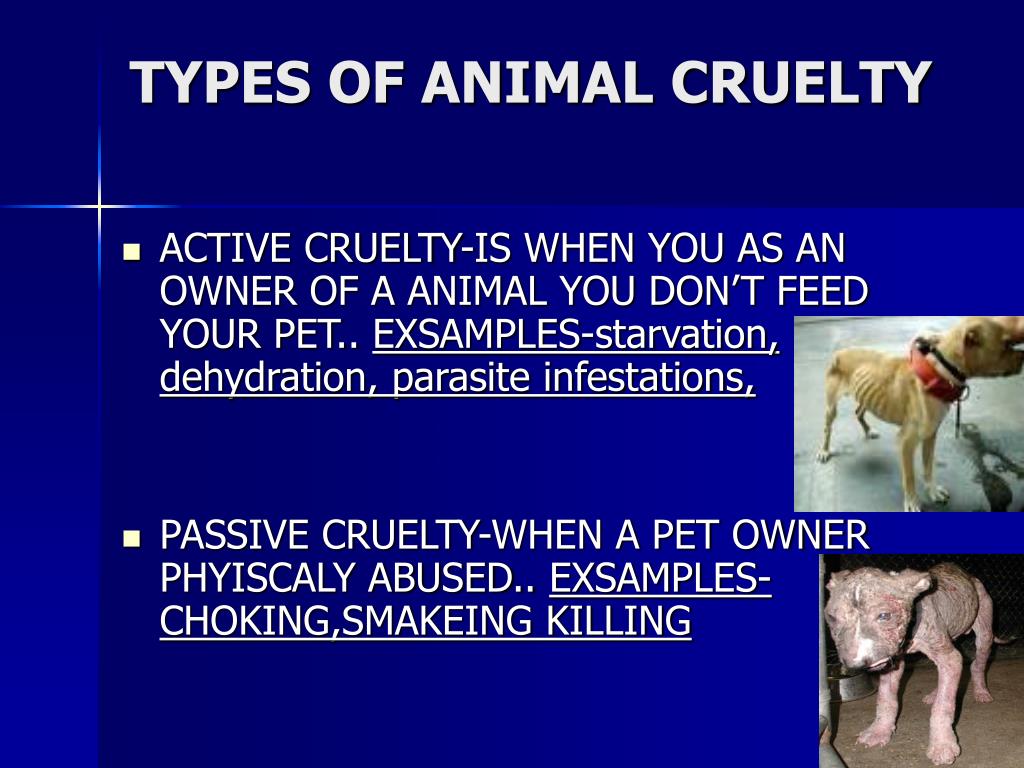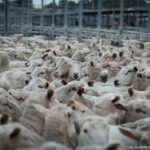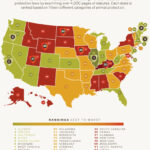Animal cruelty is an insidious epidemic that often lurks in the shadows, evading detection while its consequences manifest across the globe. While many individuals may associate animal cruelty with overt acts of violence or neglect, there are myriad forms of maltreatment that frequently go unnoticed, overlooked, or minimized. This extensive exploration delineates these subtle yet equally egregious forms of animal cruelty that deserve vigilant scrutiny and robust advocacy.
Understanding the nuances of animal cruelty necessitates a comprehensive perspective that transcends mere physical maltreatment. Many forms of cruelty insidiously blend into the fabric of our daily lives, rendering them largely invisible to the average observer. The following sections delve into various categories of animal cruelty that often remain beneath the radar, yet warrant staunch condemnation.
One insipid form of cruelty is emotional abuse. Animals, particularly those confined within domestic settings, can suffer profoundly from psychological trauma stemming from chronic neglect or psychological manipulation. This can manifest in the form of incessant isolation, verbal scorn, or harsh reprimands that instill fear. Animals subjected to such treatment may exhibit signs of anxiety, depression, or aggressive behavior, yet their plight often goes unrecognized by those who view emotional abuse as less significant than physical harm.
Exploitation for entertainment exemplifies another form of insidious cruelty. The use of animals in circuses, roadside zoos, or entertainment venues disregards their intrinsic needs and wellbeing. These creatures are often subject to harsh training methods and confined within inadequate living conditions, reducing their existence to mere spectacles for human amusement. Despite the growing awareness of animal welfare, many continue to dismiss the ethical implications of such exploitation as trivial.
The overbreeding of companion animals is an often-neglected yet critical aspect of animal cruelty. Breeders who prioritize profit over the health and welfare of their animals contribute to an overpopulation crisis, where countless animals live in deplorable conditions. This fervent focus on quantity fosters a cycle of neglect, leading to health complications for the animals involved as well as the abandonment of countless unwanted litters. The ramifications extend beyond breeders; shelters are swamped with animals needing homes, further exacerbating the cycle of suffering.
Another distressing form of cruelty that frequently escapes notice is environmental neglect. Animals domesticated within urban settings rely heavily on their human caregivers for optimal living conditions. Failing to provide adequate shelter, nutrition, or sanitation constitutes a form of environmental neglect. For instance, dogs left outside without appropriate shelter during inclement weather or farm animals raised in squalid conditions often endure heightened stress and suffering, yet the issue remains largely unaddressed by the general public.
Neglect related to breeding practices also signifies a perilous aspect of animal cruelty. In pursuit of specific traits, some breeders subject animals to harmful practices, including inbreeding, which can yield genetic disorders and chronic health issues. These practices may not always be apparent to the untrained eye, leading to an alarming normalization of the exploitation of animals for aesthetic or functional whims. Compassionate breeding practices are essential yet frequently overlooked in discussions of animal welfare.
Suffering in laboratories is another glaring reality that seldom receives adequate attention. Animals subjected to experimentation experience a multitude of stressors, including confinement, isolation, and painful procedures. The ethical implications of such practices raise urgent questions regarding the necessity of animal testing, particularly when alternatives exist that could mitigate harm. Public awareness of the horror that these animals endure remains alarmingly low, as the scientific community often obfuscates the commodification of sentient beings behind a veil of scientific jargon.
Puppy mills represent a vastly misunderstood phenomenon. These commercial breeding operations prioritize profit over the well-being of their dogs, resulting in overcrowded, unsanitary conditions. Dogs bred in these mills often face grim living environments, minimal socialization, and a lack of necessary veterinary care. The resulting health and behavioral problems not only afflict individual animals but also contribute to broader societal issues related to abandoned pets and public health concerns.
Another form of animal cruelty that merits examination is hoarding. This behavior often goes unchecked as individuals accumulate large numbers of animals, ostensibly out of a desire to provide care. However, this often leads to overcrowded living conditions and inadequate access to food, water, and veterinary care. The animals involved frequently suffer from malnutrition, disease, and neglect but are often overlooked as mere “lots of animals” rather than individual suffering beings.
Illegal wildlife trade is a significant yet largely unrecognized contributor to the suffering of countless species. Poaching and trafficking undermine the very existence of many species while subjecting captured animals to abominable conditions. The demand for exotic pets and traditional medicine fuels this insidious practice, forcing animals into cramped cages where they often face a slow, torturous demise. Conservation efforts must prioritize not only the protection of wildlife but also the education of consumers about the implications of their choices.
In conclusion, animal cruelty is a pervasive issue that infiltrates various spheres of life, often masked under everyday activities and societal norms. The forms of cruelty discussed above illuminate a spectrum of suffering that requires urgent attention and advocacy. By shining a light on these lesser-known realities, society can galvanize action to thwart animal cruelty and promote a culture of compassion and empathy. The welfare of animals, whether in domestic, agricultural, or wild contexts, hinges on collective awareness and a commitment to change.








